Introduction
The Uttar Pradesh Public Service Commission (UPPCS) examination is one of the most competitive state service exams in India. Every year, lakhs of aspirants appear for this prestigious exam with the dream of becoming a civil servant in Uttar Pradesh. Among all the sections of the exam, Current Affairs plays a pivotal role in both Prelims and Mains. In fact, many toppers have often emphasized that a strong grip over current events not only helps in answering direct questions but also enriches essay writing, GS papers, and even the interview stage.
In this detailed guide, we will explore the importance of Current Affairs in UPPCS, the best sources to prepare, daily newspaper reading strategies, monthly compilation usage, and most importantly, how to make effective notes that can be revised multiple times before the exam.
Choosing the right sources is the first step towards effective preparation. Too many materials create confusion, so stick to limited and authentic sources:
Most aspirants waste hours reading newspapers without extracting exam-relevant content. Here’s the right way:
Notes-making is an art. Without proper notes, revision becomes difficult.
Create separate sections for:
Instead of long paragraphs, use flowcharts and bullet points.
Example: For India’s G20 Presidency:
After daily notes, consolidate them with monthly compilations.
Searchable, easy to organize, and portable. Use apps like Notion with tags (#UPSchemes, #Polity).
Current Affairs cannot be studied in isolation. For UPPCS, always connect them with the static syllabus.
Use the 80:20 Rule – focus 80% on last 1 year’s current affairs and 20% on 2 years back (only major events).
Attempt daily answer writing practice with current events.
Use diagrams, charts, and examples from current affairs in Mains answers.
Revise UP Budget and Economic Survey multiple times.
Stick to one English and one Hindi newspaper.
Not integrating current affairs with Mains answer writing.
Ignoring UP-specific news.
Making long notes like essays.
Collecting too many sources and not revising.
Reading multiple newspapers and wasting time.
Pre-Exam Revision: Focus only on concise notes and important topics from the last 1 year.
Third Revision: At the end of the month.
Second Revision: Within 1 week.
First Revision: Within 24 hours of reading.
State Example: If UP launches a new farmer scheme, revise all agricultural schemes and previous policies.
Environment Example: If Ganga river pollution is in news, revise topics of environment protection, National Mission for Clean Ganga, and related case studies.
Economy Example: If RBI changes repo rate, revise monetary policy, inflation, and economic growth basics.
Polity Example: If Lok Sabha passes a new Bill on women’s reservation, revise topics of Indian Constitution, women empowerment schemes, and political reforms.
Update static portions linked with current affairs (e.g., if a new space mission is launched, revise ISRO static facts).
Revise monthly magazine.
Monthly (6–8 hours):
Watch debates on Sansad TV.
Attempt weekly quizzes.
Revise all notes of the week.
Weekly (3–4 hours):
Short notes making (30–45 minutes).
Online updates & PIB (30 minutes).
Newspaper reading (45 minutes).
Daily (1.5 – 2 hours):
Key outcomes: Global South focus, digital economy.
Hosted events in Lucknow, Varanasi, Agra (UP connection).
Theme: “One Earth, One Family, One Future”
State-Specific Issues (UP Schemes, Budget, Reports, Personalities)
International Relations
Science & Technology
Environment & Ecology
Economy
Polity & Governance
Example: "Pradhan Mantri Ujjwala Yojana – Govt extends scheme to provide free LPG connections to women in rural households."
Summarize articles in 3-4 lines.
Use a digital tool (OneNote, Notion, Evernote) or handwritten registers.
Make Short Notes:
Sports unless related to awards, international events, or government schemes.
Political gossip, entertainment, crime stories.
Skip the Non-Relevant:
International relations and India’s foreign policy.
Science & Technology updates.
Editorials – focus on arguments, not political opinions.
State news (schemes, government initiatives, development projects).
National news with policy implications.
Focus on Exam-Relevant Sections:
Daily current affairs quizzes on reliable platforms like Insights, GKToday, Drishti IAS.
PIB app, Rajya Sabha TV, Sansad TV debates.
NITI Aayog, Ministry websites, and RBI reports for economy.
up.gov.in – For state government notifications, policies, and schemes.
UPPCS-specific current affairs booklets by coaching institutes.
Vision IAS, Drishti IAS (Hindi), Vajiram, or Chronicle monthly magazines are useful.
Press Information Bureau (PIB) – For government schemes, policies, and reports.
Kurukshetra – For rural development topics.
Yojana Magazine – For socio-economic issues.
Focus on editorials for analytical perspectives.
Dainik Jagran (National Edition) or Hindustan – For state and regional issues.
The Hindu / The Indian Express – For national and international issues.
Interview Relevance:
The personality test often includes questions about recent events, especially related to UP, government policies, and international developments.
UP-Specific Angle:
UPPCS is a state-focused exam, so knowledge of Uttar Pradesh government schemes, budget, policies, and local issues is extremely important.
Essay Paper: Many essay topics are inspired by contemporary events.
GS Paper III: Economy, environment, technology, and security issues are almost always current-affairs based.
GS Paper II: Polity, governance, and international relations heavily depend on current happenings.
GS Paper I: Social issues, events, geography, and disaster management often connect with current developments.
Integration in Mains:
Weightage in Prelims:
In UPPCS Prelims, around 25–30% of the questions are directly related to current affairs. These include topics on national events, state-specific issues, international relations, government schemes, reports, and awards.

Lakshya IAS
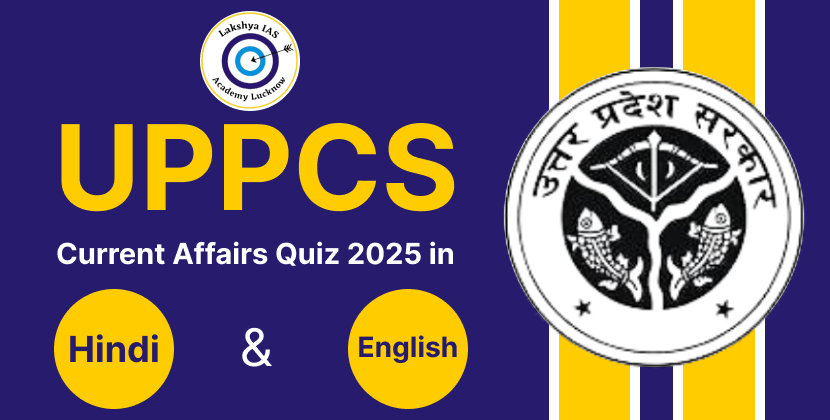
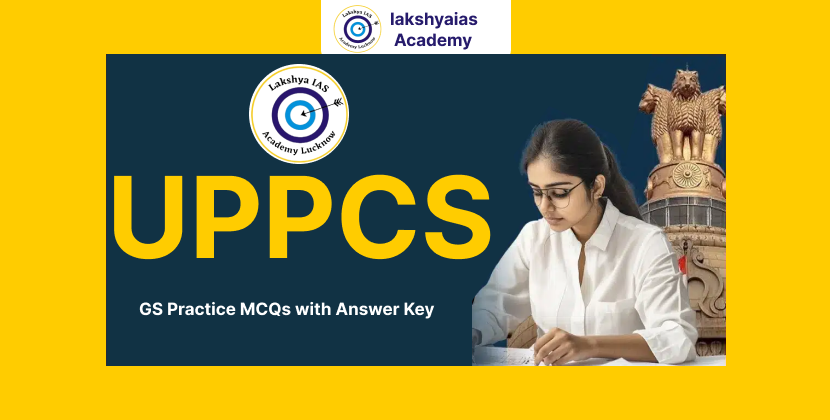
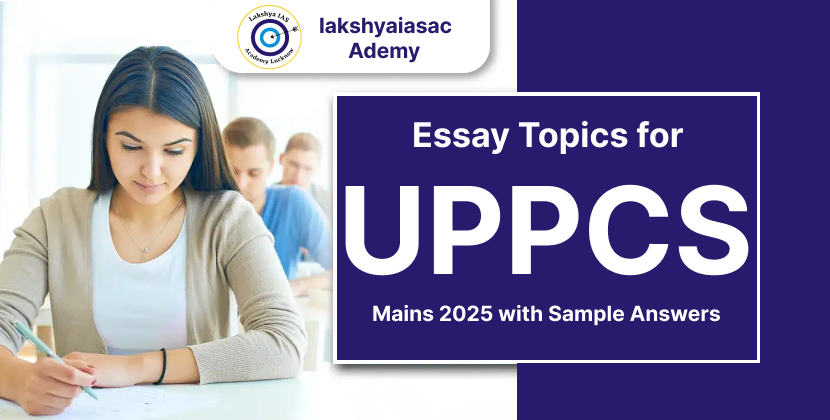
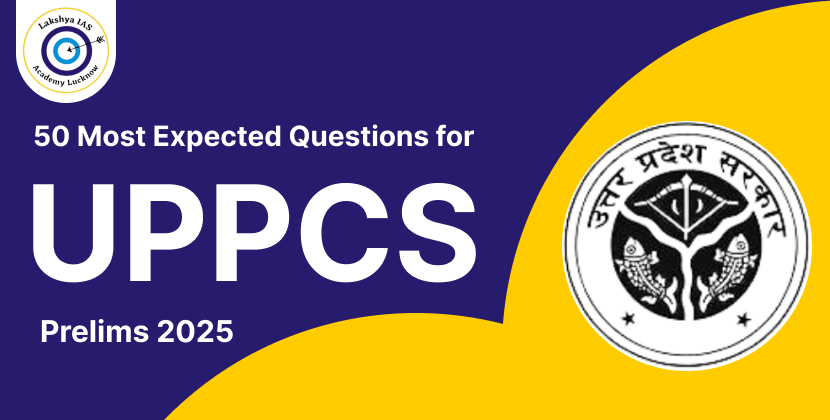
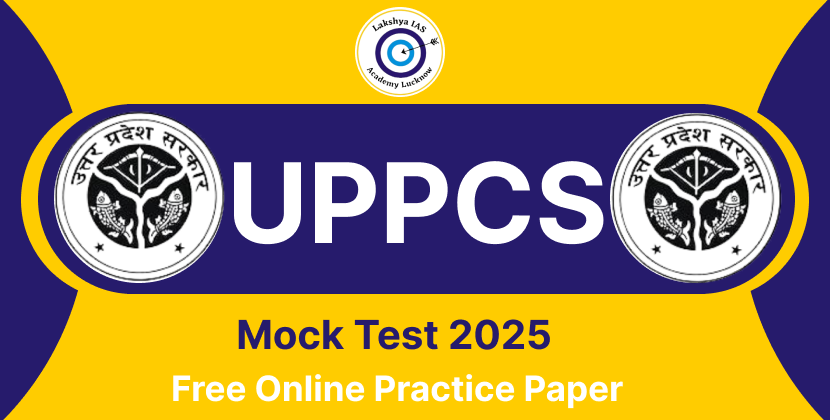
.png)
.png)
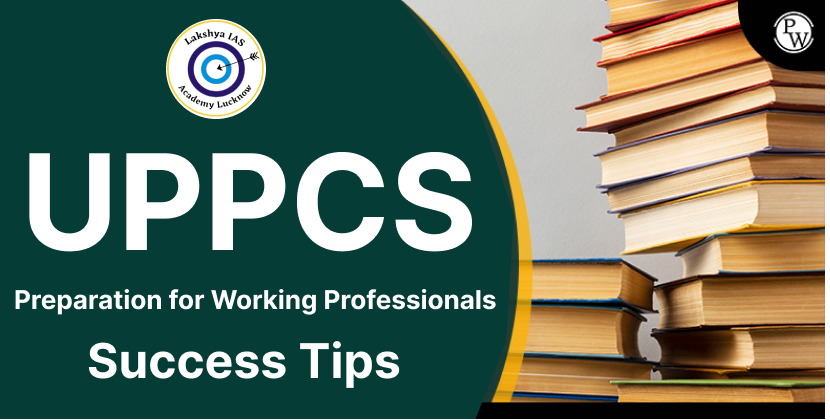
.png)
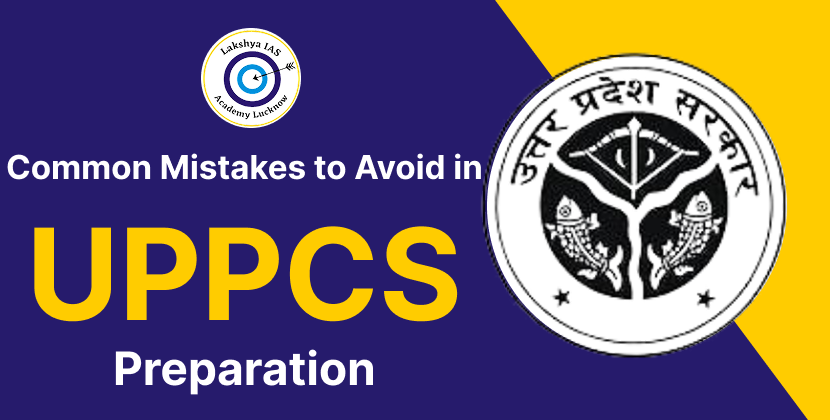
Leave a Comment